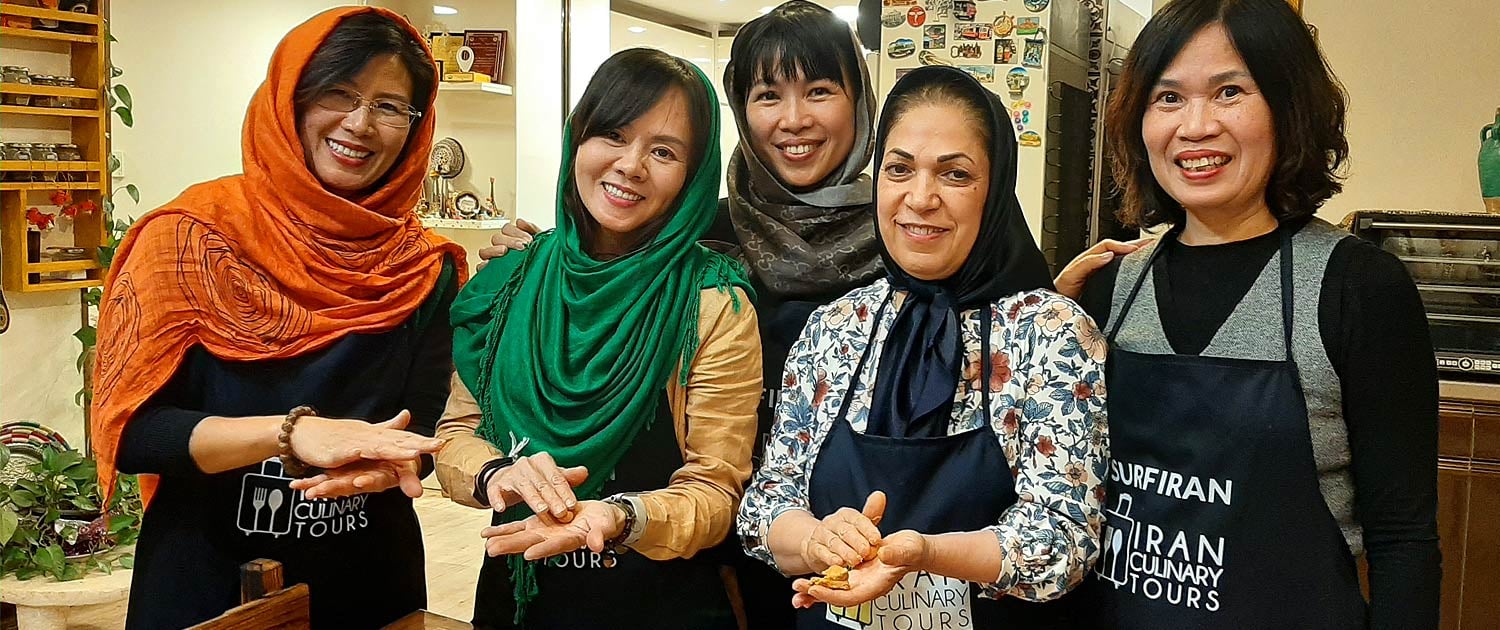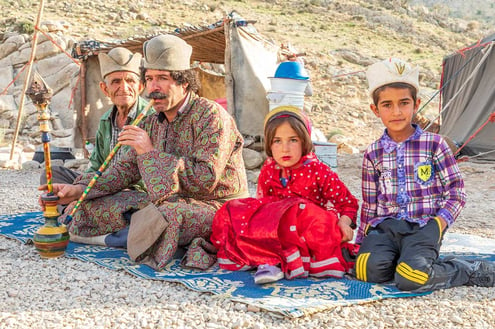Iran Food & Culinary Tours
Thanks to Iran’s place on the Silk Road, the country’s cuisine has enjoyed ancient traditions shaping it to its current state.
Persian cooking has many features in common with Indian, central Asian, Turkish, and Middle Eastern cuisines, yet it has its own particular characteristics and is unmistakably different from any of its counterparts. For instance, while many ingredients of Iranian and Indian food are similar, Indian food is spicier and uses pepper very generously.
Likewise, many of the ingredients used in Persian cooking would be familiar to Westerns, but Westerns would be surprised at the unique ways the ingredients are used and the flavors they produce. A good Persian cook has an almost miraculous ability to turn simple ingredients into dishes of great subtlety and beauty. This Persian style of cooking is sophisticated and refined enough to hold its own with any of the world’s other great cuisines, but it is relatively little known and appreciated outside the region.
Iran food tours are unforgettable journeys into the cultural and gastronomic heart of Iran will satisfy every appetite.
Experience Iran Food & Culinary Tours
Why Iranian Foods Are Worth Experiencing
Tantalise your taste buds and sample the finest delicacies of Iran.
Food and dining has a public face in Iran, but its fullest development and greatest glories are to be found in the private setting of the home, among relatives and friends. Especially in social gatherings, the variety and abundance of Persian foods, as well as the conviviality and generosity of the host, are remarkable. Sharing food is an important mechanism of socialization and social bonding.
A traditional proverb states that a way to win someone’s favor is to share your food with them: namakgir kardan , which means “having someone to have a taste of the salt in your food” (i.e., to become bound by hospitality).
Food is not an end itself but a means of family solidarity and social exchange, especially in the traditional world of the past when families were extended and eating was a communal affair within the extended family.
In general, culinary practices in Iran have been affected by several important cultural factors. The most obvious, of course, are the requirements of Islamic dietary law since the vast majority of the population are Muslims: meat should come from animals that have been ritually slaughtered; pork and certain other foods are forbidden; and wine or other alcoholic beverages, though certainly used by some people at various times, are illegal under Islamic law and have been strictly prohibited since the establishment of the Islamic Republic. Prior to the 1979 revolution, alcoholic drinks and pork meat in the form of ham and hot dogs were available in modernized sectors of major cities, even though these foods were avoided by the majority of people. Secularized Iranians, especially educated ones, are not much concerned about religious dietary restrictions.






 SURFIRAN
SURFIRAN

 SURFIRAN
SURFIRAN


 SURFIRAN
SURFIRAN SURFIRAN
SURFIRAN




